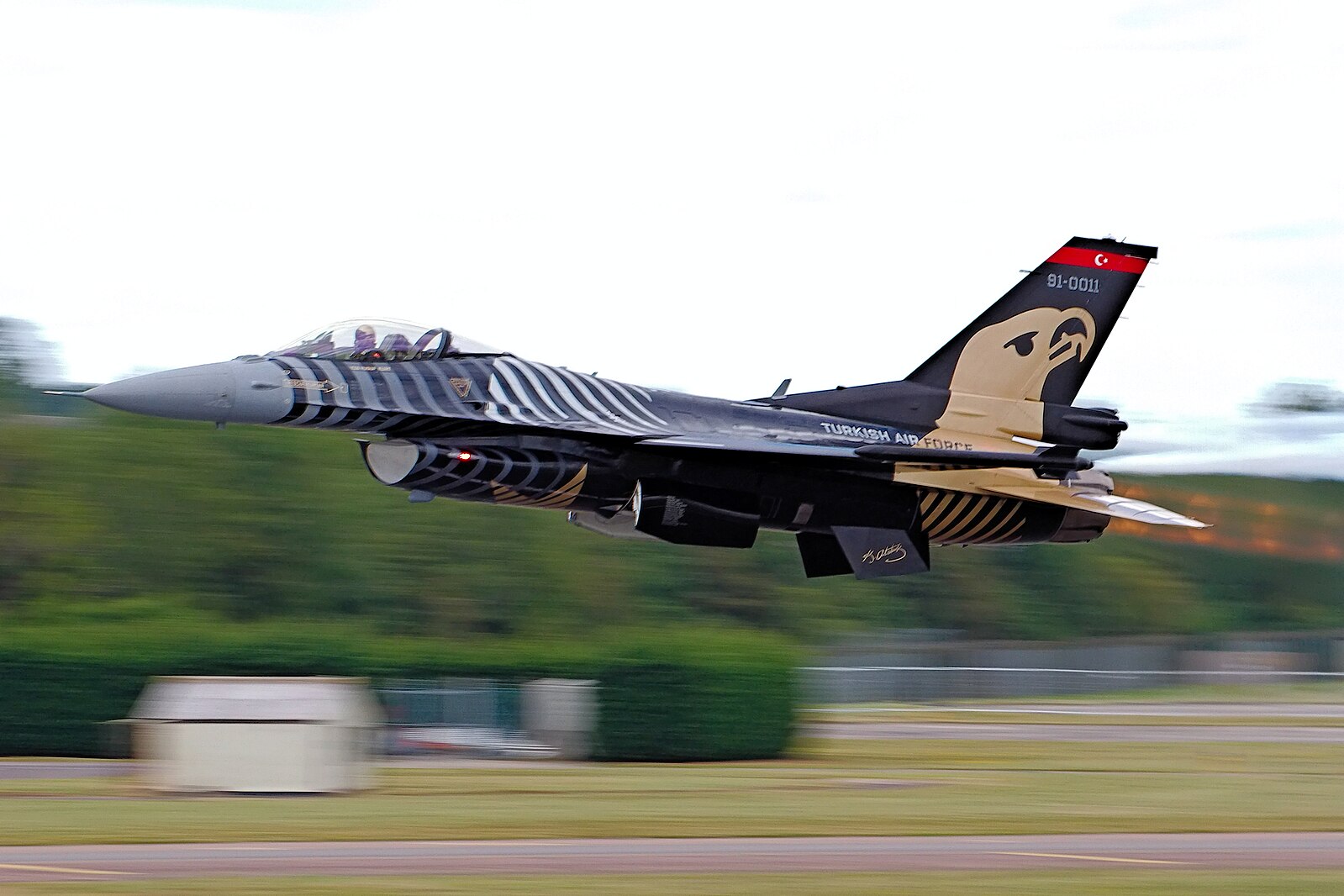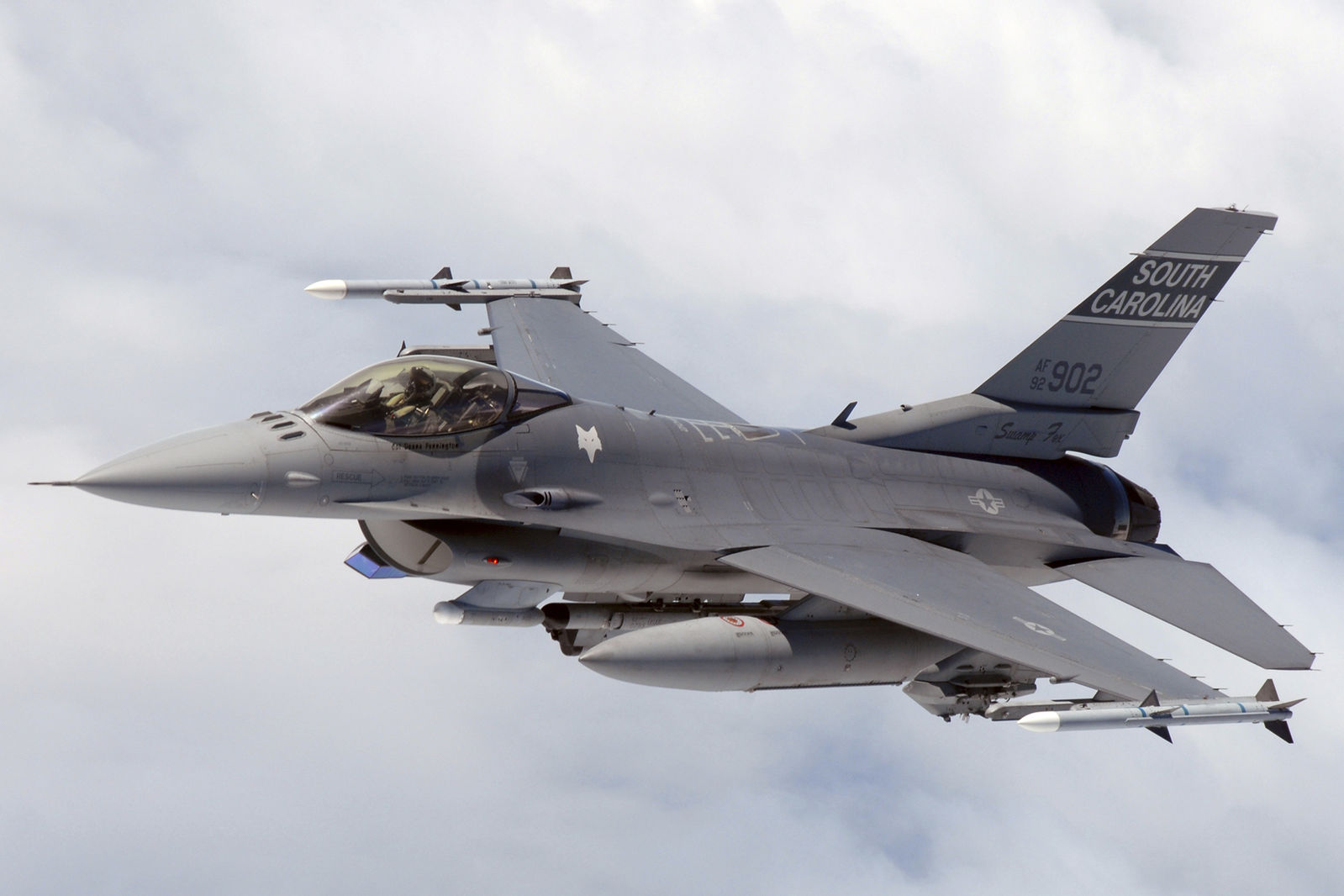
As tensions continue to ripple through Eastern Europe, Ukraine’s air combat strength undergoes a notable transformation with the recent revelation of more F-16 Fighting Falcon fighter jets being provided by several European nations.

This development has the potential to reshape the strategic dynamics of the conflict with Russia.

Belgium, stepping up its support amidst a broader European commitment, has pledged up to 30 F-16s over the coming years.

This promise, articulated alongside similar commitments from the Netherlands (42 jets), Norway (22 jets), and Denmark (19 jets), amasses around 115 F-16s designated for Ukraine’s Air Force.

Ukrainian President Volodymyr Zelensky, advocating for the reinforcement of his country’s air defenses, has underscored the necessity for about 130 F-16s to foster a competitive edge against Russian forces.

“Our task is to use the first F-16 on the battlefield this year and in such way fortify our positions,” Zelensky stated during his recent European Union tour, highlighting the urgency of this military aid.

The significance of these incoming F-16s cannot be understated.

With capabilities surpassing the Soviet-era aircraft currently in use by Kyiv—such as the MiG-29 and Su-27—these Western jets could allow Ukrainian pilots to conduct aggressive air-to-ground missions and even contest air superiority near frontlines.

The General Commander of the Ukrainian Air Force, Serhii Golubtsov, emphasizes that for any substantial air operation, “at least a squadron, at least 12 to 16 planes” are vital. He envisions that with three to four squadrons, Ukraine might gain temporary local air superiority in key combat zones.

The F-16s’ compatibility with an array of precision weaponry and electronic jammers further enhances their strategic value.

Equipped with AIM-120 Advanced Medium-Range Air-to-Air Missiles (AMRAAM), they can potentially challenge Russian glide bombers, which have been inflicting substantial damage on Ukrainian positions from a distance.

This influx of F-16s, however, is hinged on a complex set of prerequisites, including pilot training and the readiness of replacement F-35 jets for the donor countries.

Delivery timelines remain influenced by these factors, with indications that Belgium intends to “accelerate the first delivery, if possible before the end of 2024.”

The readiness of Ukrainian pilots is also pivotal; according to reports, the first group has already completed F-16 training in Arizona.

Notably, the arrival of these jets is expected to proceed in increments over the next few years, as European partners address their own needs and ensure the transition to newer aircraft for their air forces. Delays in the F-35 Joint Strike Fighter program may also have an impact on the delivery of the F-16s to Ukraine.
Relevant articles:
– Ukraine Is Getting 30 More F-16 Fighter Jets to Battle Russia in the Sky, National Intererst, 05/31/2024
– The Ukrainian Air Force Wanted Four Squadrons Of F-16s. It’s Finally Getting Them., Forbes, 05/28/2024
– Ukraine gets more military aid from Europe but Putin warns of consequences if Russian soil is hit, The Associated Press, 05/28/2024

